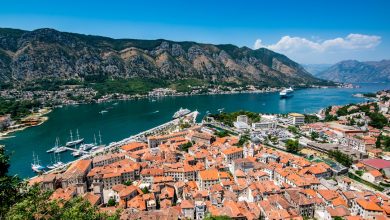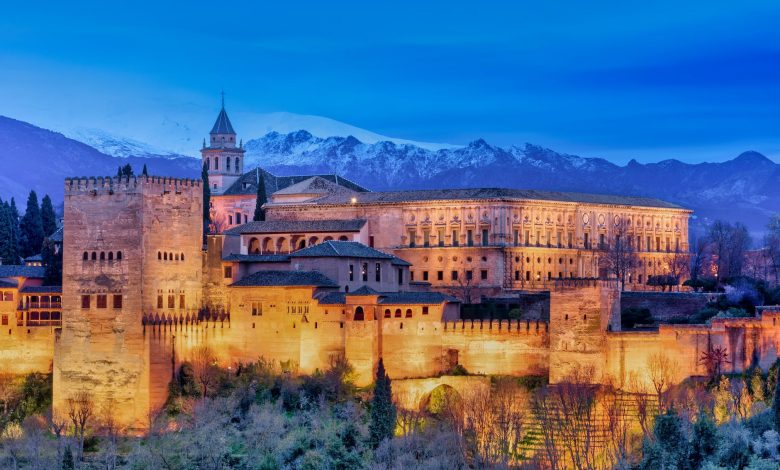
Andalusia, a region steeped in rich history and culture, offers a captivating journey for travelers. From its breathtaking architecture to the authentic flamenco culture, Andalusia is a destination that promises an unforgettable experience. The charming white villages, stunning Alhambra Palace, and beautiful beaches contribute to the diverse landscapes waiting to be explored. This Andalusia travel guide will take you on a remarkable adventure, immersing you in the centuries-old traditions and savory cuisine of this enchanting region. Embrace the essence of Andalusia as we delve into its vibrant tapestry of history and culture.
The Rich History of Andalusia
Andalusia, located in the southern part of Spain, is a region steeped in a rich and diverse history. When planning an Andalusia travel guide, understanding the historical significance of the region is fundamental to truly appreciating its cultural tapestry.
History Highlights
- Moorish Rule: Andalusia’s history is marked by the Moorish rule, a period that greatly influenced the region’s architecture, art, and culture. The remnants of this era can be seen in the intricate designs of the Alhambra Palace and the stunning mosques scattered throughout the region.
- Medieval Christian Kingdoms: Following the Reconquista, the Christian conquest of the region, Andalusia saw the rise of medieval Christian kingdoms, leaving behind a legacy that is evident in the region’s castles, cathedrals, and fortresses.
- Cultural Fusion: The history of Andalusia reflects a captivating fusion of Moorish, Christian, and Jewish cultures, resulting in a unique blend of traditions, languages, and customs that continue to thrive in the vibrant cities and towns.
Historical Landmarks
- Alcazar of Seville: This stunning royal palace showcases a mix of Moorish and Christian architecture, offering a glimpse into Andalusia’s multifaceted history.
- Cordoba’s Historic Center: The historic center is home to the iconic Mosque-Cathedral, symbolizing the coexistence of different cultures in Andalusia.
- Roman Ruins in Italica: History buffs can explore the ancient Roman city of Italica, birthplace of Roman emperors Trajan and Hadrian, providing insight into the region’s Roman heritage.
Understanding the historical depth of Andalusia forms the foundation for an immersive and rewarding travel experience. When visiting Andalusia, travelers are not just witnessing history but becoming a part of its timeless narrative, making the journey truly unforgettable.
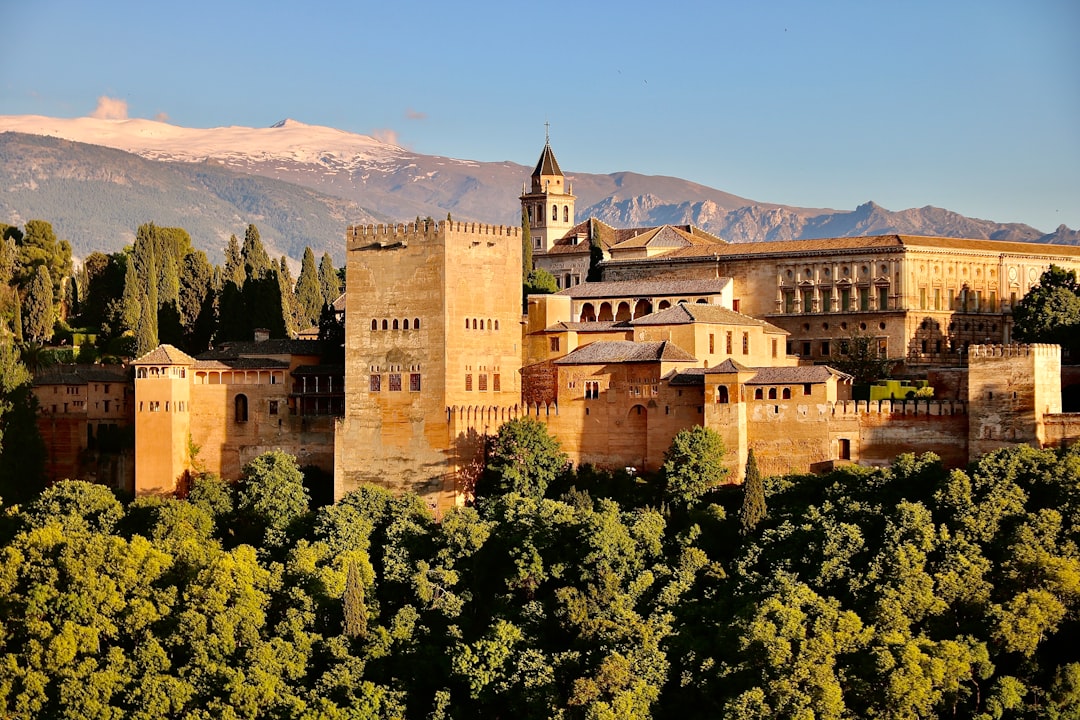
Photo by Jorge Fernández Salas on Unsplash
Exploring the Breathtaking Architecture
When visiting Andalusia, the breathtaking architecture is a major highlight. The region is renowned for its stunning and diverse architectural styles, reflecting its rich history and cultural influences. Here’s a closer look at what you can expect when exploring the architectural wonders of Andalusia:
- Islamic Influence: Andalusia’s architecture bears a strong influence from its Islamic heritage, evident in the intricate designs, stunning arches, and mesmerizing tile work found in landmarks such as the Alhambra Palace in Granada.
- Moorish Palaces: The region is home to magnificent Moorish palaces such as the Alcázar of Seville, boasting intricate geometric patterns, lush gardens, and serene courtyards that transport visitors back in time.
- Gothic and Renaissance Gems: In contrast, cities like Cordoba and Seville showcase awe-inspiring Gothic cathedrals and Renaissance buildings that display the region’s cultural richness and architectural evolution.
- Mudejar Style: Unique to Andalusia, the Mudejar style combines Islamic and Christian design elements, creating a fusion of arches, ornate ceilings, and decorative details seen in structures like the Tower of Gold in Seville.
- Baroque Masterpieces: Visitors can marvel at the grandeur of baroque architecture in churches, palaces, and civic buildings, where elaborate ornamentation and grand facades leave a lasting impression.
- Comparing Architectural Styles: A comparison table could be used to highlight the distinctive features of Islamic, Gothic, Renaissance, Mudejar, and Baroque architectural styles, giving readers a clearer understanding of the architectural diversity in Andalusia.
In conclusion, exploring the breathtaking architecture of Andalusia offers travelers a unique glimpse into the region’s rich cultural heritage, making it an essential part of any unforgettable Andalusia travel guide.
Immersing in the Flamenco Culture
When visiting Andalusia, immerse yourself in the vibrant Flamenco culture for an authentic experience. Here’s what you need to know in this Andalusia travel guide:
- Flamenco Shows: Witness the power and passion of Flamenco performances in traditional venues across Andalusia. The energetic music, striking dance moves, and heartfelt singing will leave you mesmerized, offering a deep insight into the rich cultural heritage of the region.
- History and Significance: Understand the historical and emotional significance of Flamenco, which is deeply rooted in Andalusia’s past. Dating back to the 18th century, Flamenco has been influenced by various cultures, including Gypsy, Moorish, and Andalusian, making it a captivating blend of traditions.
- Local Workshops: Engage in Flamenco workshops to learn about the intricate dance techniques, the rhythmic clapping, and the soulful guitar melodies. This immersive experience will allow you to appreciate the skill and emotion behind this art form.
- Festivals and Events: Plan your visit around Flamenco festivals and events to witness the exuberant celebrations of this cultural treasure. The energy and fervor during these events are infectious, providing an unforgettable insight into the Flamenco culture.
Immerse yourself in the Flamenco culture to fully appreciate the passion and artistry that defines Andalusia. Whether you’re a music enthusiast or a cultural aficionado, Flamenco will undoubtedly leave a lasting impression on your travel experience in Andalusia.
Savoring the Authentic Cuisine
When visiting Andalusia, you are in for a treat not just for the eyes, but also for your taste buds. The Andalusian cuisine is a delightful blend of influences from its rich history, including Moorish, Jewish, and Roman cultures. Here’s what you can expect when savoring the authentic cuisine of Andalusia:
- Fresh Seafood Delicacies: Andalusia’s coastal location means that you can indulge in the freshest seafood dishes such as “pescaíto frito” (assorted fried fish) and “espetos de sardinas” (grilled sardines on skewers) that will tantalize your senses.
- Delectable Tapas and Montaditos: Embrace the tradition of tapeo, where you can savor an array of tapas, small savory dishes, and montaditos, which are small sandwiches filled with flavorful ingredients. This culinary experience is perfect for sampling various Andalusian flavors in one meal.
- Satisfying Traditional Stews: Try the hearty and flavorsome stews like “gazpacho” (chilled tomato soup), “salmorejo” (thick tomato and bread soup), or the famous “olla de trigo” (wheat and vegetable stew) that showcase the region’s agricultural abundance.
- World-renowned Wines: Pair your meals with Andalusia’s famous wines, especially the sweet and aromatic sherry produced in Jerez de la Frontera. The wine region of Andalusia offers an unforgettable tasting experience, making it a must-visit for wine enthusiasts.
Andalusian cuisine will undoubtedly leave a lasting impression, not only for its diverse flavors and unique dishes but also for the cultural significance ingrained in each bite. Whether you’re dining in a traditional tapas bar or a modern restaurant, the culinary delights of Andalusia are sure to elevate your travel experience.
Remember, while exploring Andalusia, trying the authentic cuisine should be a vital part of your Andalusia travel guide experience.
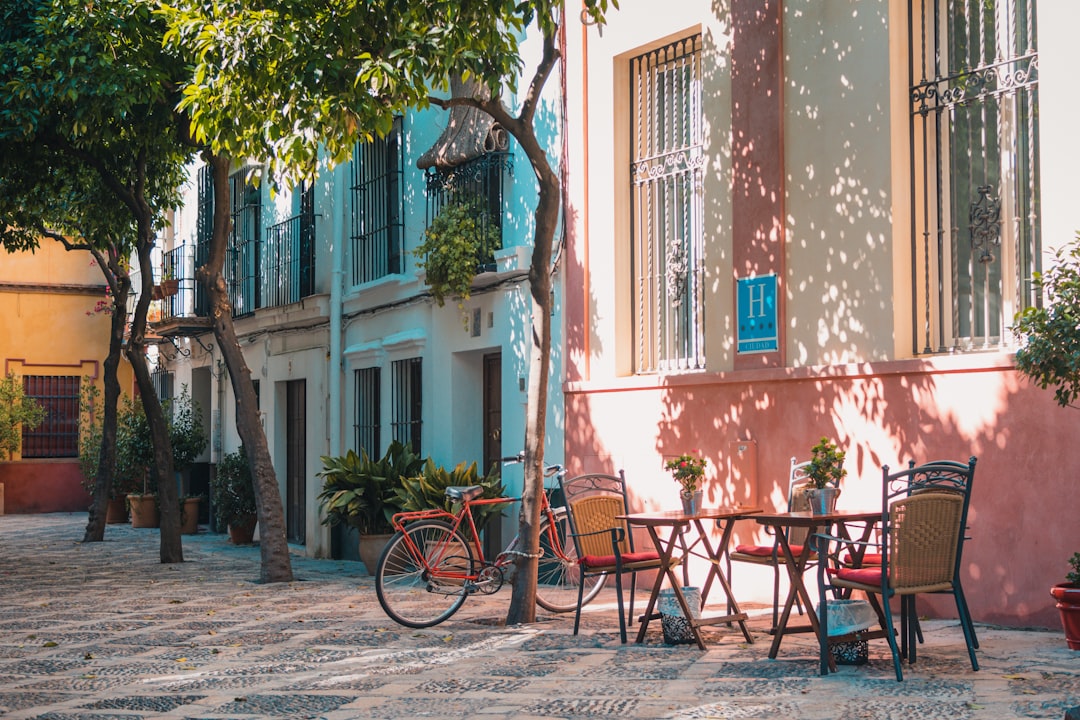
Photo by Johan Mouchet on Unsplash
Discovering the Charming White Villages
When visiting Andalusia, exploring the charming white villages is a must-do in your Andalusia travel guide. These picturesque villages, also known as “pueblos blancos,” are characterized by their whitewashed buildings, narrow winding streets, and stunning hilltop locations. Here’s what you need to know about these enchanting villages:
- Unique Architecture: The white villages showcase a unique architectural style, with buildings adorned in white to combat the intense sun and retain cool interiors. The striking contrast of white buildings against the vibrant blue sky creates postcard-perfect scenery.
- Scenic Views: Nestled amidst breathtaking landscapes, each village offers panoramic views of the surrounding countryside, making them ideal for nature enthusiasts and avid photographers.
- Historical Significance: Many of these villages have a rich Moorish heritage, evident in the intricate design of their streets and buildings, providing a glimpse into Andalusia’s historical past.
- Local Culture: Vibrant local culture is prevalent in the white villages, where visitors can engage with friendly locals, savor authentic cuisine, and witness traditional customs and festivals.
- Comparison of Villages: Each village has its own distinct character and attractions, from the iconic Ronda perched dramatically on a gorge to the tranquil beauty of Zahara de la Sierra. Consider creating a comparison table of the different villages highlighting their unique features and points of interest.
Exploring the white villages of Andalusia promises an unforgettable and authentic cultural experience, offering a unique perspective on the region’s heritage and traditions.
Admiring the Stunning Alhambra Palace
When visiting Andalusia, a trip to the mesmerizing Alhambra Palace is an absolute must. This historic fortress with its enchanting palaces, serene courtyards, and stunning gardens offers a glimpse into the region’s rich cultural heritage.
What Makes the Alhambra Palace Unmissable?
- Architectural Marvel: The intricately detailed Islamic architecture of the Nasrid Palaces is a sight to behold, with its exquisite stucco work, elegant archways, and ornate ceilings.
- Enchanting Gardens: The Generalife Gardens, with their beautiful fountains, vibrant flowers, and lush greenery, provide a serene retreat and a feast for the senses.
- Panoramic Views: From the Alcazaba fortress, visitors can enjoy breathtaking panoramic views of the city of Granada and the surrounding mountains, offering a unique perspective of the region.
Alhambra Palace vs. Other Landmarks
| Alhambra Palace | Other Landmarks | |
|---|---|---|
| Architectural Style | Islamic influence | Varied architectural styles |
| Surrounding Gardens | Generalife Gardens | Dependent on the site |
| Historical Significance | Moorish rule | Varies by site |
Tips for Visiting
- Booking in Advance: Due to its popularity, it’s important to book tickets in advance to secure entry and avoid long queues.
- Guided Tours: Consider taking a guided tour to gain insights into the history and significance of the palace complex.
- Timing: Plan to visit early in the morning or late in the afternoon to enjoy the palace in a less crowded environment and witness the play of light on the architectural elements.
The Alhambra Palace stands as a testament to Andalusia’s rich heritage, providing an experience that seamlessly blends history, architecture, and natural beauty into one unforgettable visit.
Relaxing on the Beautiful Beaches
When it comes to an Andalusia travel guide, the stunning beaches are an unmissable highlight. The region boasts some of the most beautiful and diverse coastal landscapes in Spain, attracting sun-seekers, water sports enthusiasts, and nature lovers alike.
Andalusia’s Coastal Diversity
- Andalusia offers a diverse range of beaches, from the bustling city beaches of Malaga and the Costa del Sol to the tranquil coves of the Costa de la Luz.
- The beaches along the Costa del Sol are renowned for their golden sands and clear waters, making them perfect for sunbathing and swimming.
- For those seeking a more rugged and unspoiled coastline, the Costa de la Luz provides a peaceful retreat with its windswept dunes and untouched natural beauty.
Beach Activities and Amenities
- Visitors to Andalusia’s beaches can indulge in a variety of activities, including water sports such as windsurfing, kiteboarding, and sailing.
- Many beaches are equipped with excellent amenities, including beach bars (chiringuitos), restaurants, and water sports facilities, ensuring a comfortable and enjoyable beach experience.
Contrasting Landscapes
| Costa del Sol | Costa de la Luz |
|---|---|
| Busier, lively atmosphere | Tranquil and peaceful |
| Warmer waters | Cooler Atlantic waters |
| Vibrant nightlife | Serene and laid-back ambiance |
Whether you prefer the bustling vibe of the Costa del Sol or the unspoiled tranquility of the Costa de la Luz, Andalusia’s beaches offer something for every type of traveler, making it a must-visit destination for beach lovers.
Remember, when planning your Andalusia travel guide, set aside ample time to explore the region’s breathtaking coastal gems.
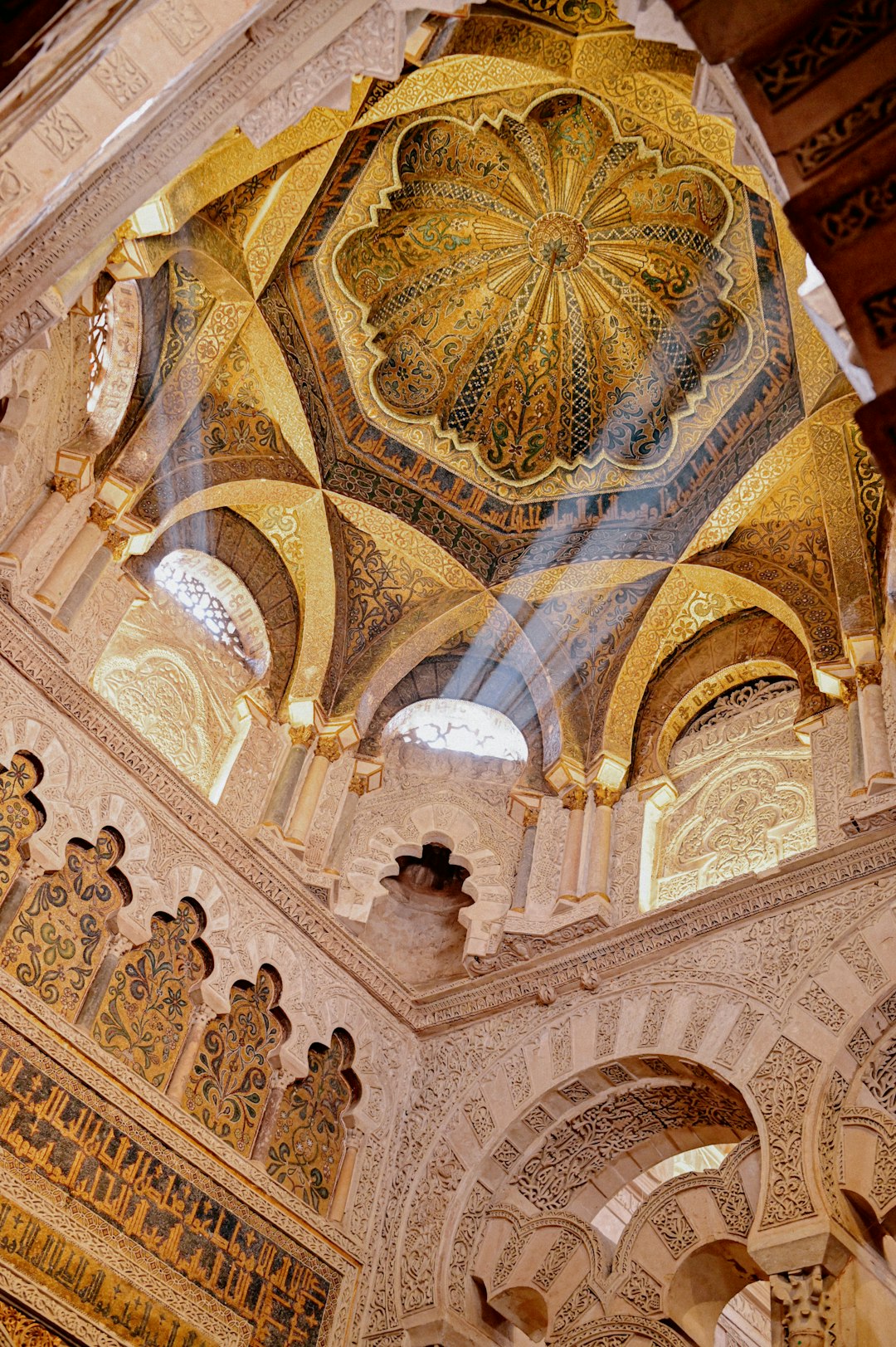
Photo by Girl with red hat on Unsplash
Exploring the Diverse Landscapes
When embarking on an Andalusia travel guide adventure, exploring the diverse landscapes is an absolute must. Andalusia boasts a spectacular variety of natural scenery that is sure to leave any traveler in awe.
The Contrast of Coastal and Inland Landscapes
Andalusia’s diverse landscapes showcase a remarkable contrast between its coastal and inland areas. The coastal regions allure visitors with their stunning beaches, sparkling Mediterranean waters, and vibrant beachfront promenades. In contrast, the inland areas reveal a mesmerizing tapestry of olive groves, rolling vineyards, and dramatic mountain ranges.
Mountain Ranges and Natural Parks
The region is home to several breathtaking mountain ranges, including the Sierra Nevada and the Sierra de Grazalema. Travelers seeking adventure can delve into the natural parks, where they will encounter rugged limestone formations, deep gorges, and an abundance of flora and fauna. The vast expanses of natural beauty provide ample opportunities for hiking, birdwatching, and other outdoor activities.
Coastal Splendor and Charming Villages
The Andalusian coastlines are adorned with picturesque cliffs, hidden coves, and lively seaside towns. Travelers can bask in the sun on the sandy shores or explore the traditional fishing villages that offer a glimpse into the region’s maritime heritage.
Comparison of Landscapes in Andalusia
| Coastal Landscapes | Inland Landscapes |
|---|---|
| Sandy beaches and azure waters | Olive groves and vineyards |
| Seaside promenades and vibrant beach culture | Rugged mountain ranges and natural parks |
| Charming fishing villages and coastal cliffs | Traditional white villages nestled in the mountains |
Exploring the diverse landscapes in Andalusia promises an enriching and captivating experience, offering a blend of coastal splendor, rural tranquility, and untamed natural beauty. This unique variety of landscapes makes Andalusia a truly exceptional destination for travelers seeking to immerse themselves in the wonders of nature.
Remember, when planning your Andalusia travel guide itinerary, be sure to allocate ample time for exploring these diverse landscapes, as they are an integral part of the region’s allure.
Overall, exploring the diverse landscapes in Andalusia provides an enriching and captivating experience for travelers. The contrast between coastal and inland areas, the presence of mountain ranges and natural parks, and the blend of coastal splendor and rural tranquility make Andalusia a truly exceptional destination.
Experiencing the Festive Traditions
When visiting Andalusia, be prepared to immerse yourself in the vibrant and lively festive traditions that are deeply rooted in the region’s culture. From flamboyant carnivals to traditional religious processions, Andalusia offers a diverse range of festivities that are sure to leave a lasting impression on any traveler. Here’s a peek into what you can expect when experiencing the festive traditions in Andalusia:
- Semana Santa (Holy Week Celebrations): The Holy Week in Andalusia is a spectacle of religious processions, marching bands, and ornate floats parading through the streets. The streets are filled with the mesmerizing aroma of incense as locals and visitors alike gather to witness this sacred and elaborate tradition.
- Feria de Abril (April Fair): This week-long festival in Seville is a celebration of Andalusian culture, featuring lively music, flamenco dancing, colorful traditional costumes, and an array of delicious local cuisine. The fairgrounds are adorned with thousands of paper lanterns, creating a magical and festive atmosphere.
- Flamenco Festivals: Andalusia, known as the birthplace of flamenco, hosts numerous flamenco festivals throughout the year. These events showcase the passionate and soul-stirring performances of flamenco dancers, singers, and guitarists, providing a profound insight into this deeply emotional art form.
- Corpus Christi Celebrations: In various Andalusian towns, Corpus Christi is marked with grand processions, intricate floral carpets adorning the streets, and traditional music and dance performances. The vibrant display of colors and the scent of fresh flowers create a joyous and visually stunning experience.
Experiencing the festive traditions in Andalusia is a truly immersive and unforgettable experience, allowing travelers to witness the region’s rich cultural heritage come to life in a jubilant and celebratory manner.
Remember, embracing and respecting the local customs and traditions adds an extra layer of enrichment to your Andalusia travel guide journey.
